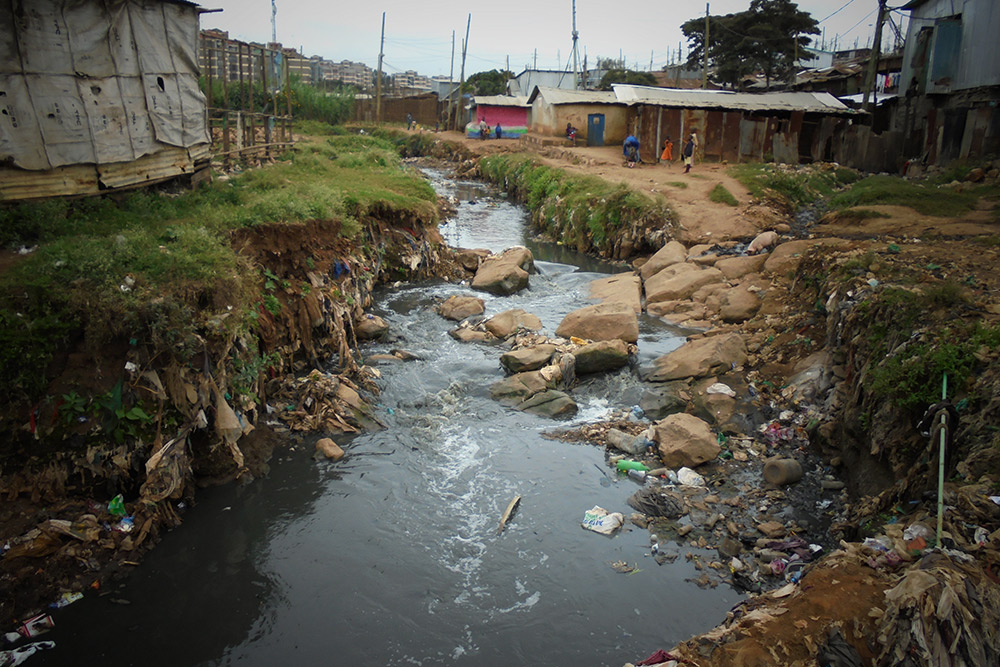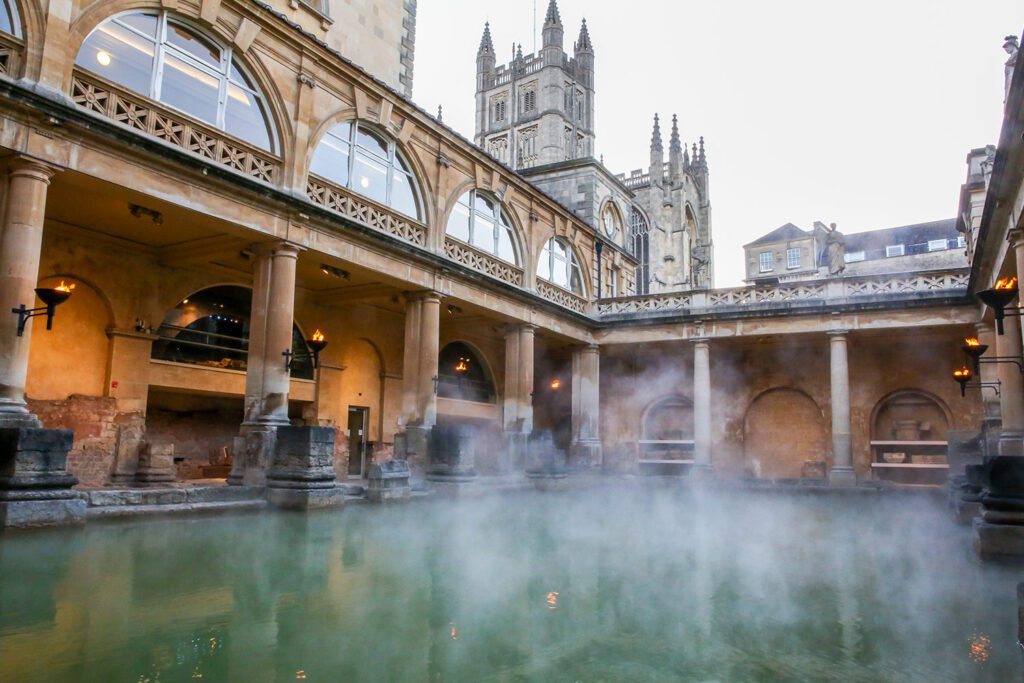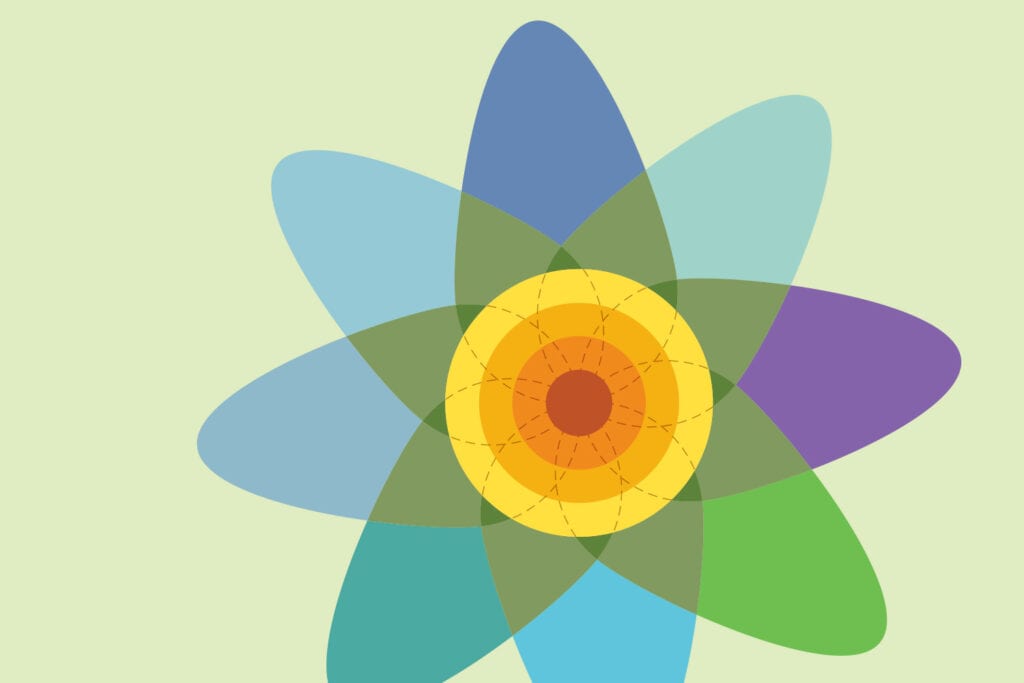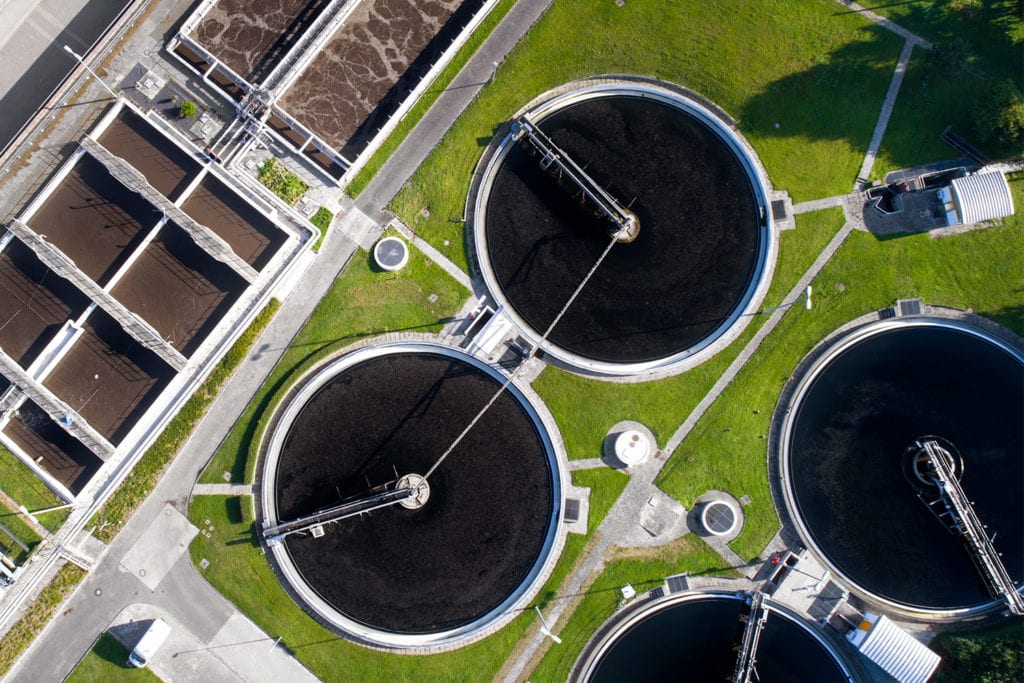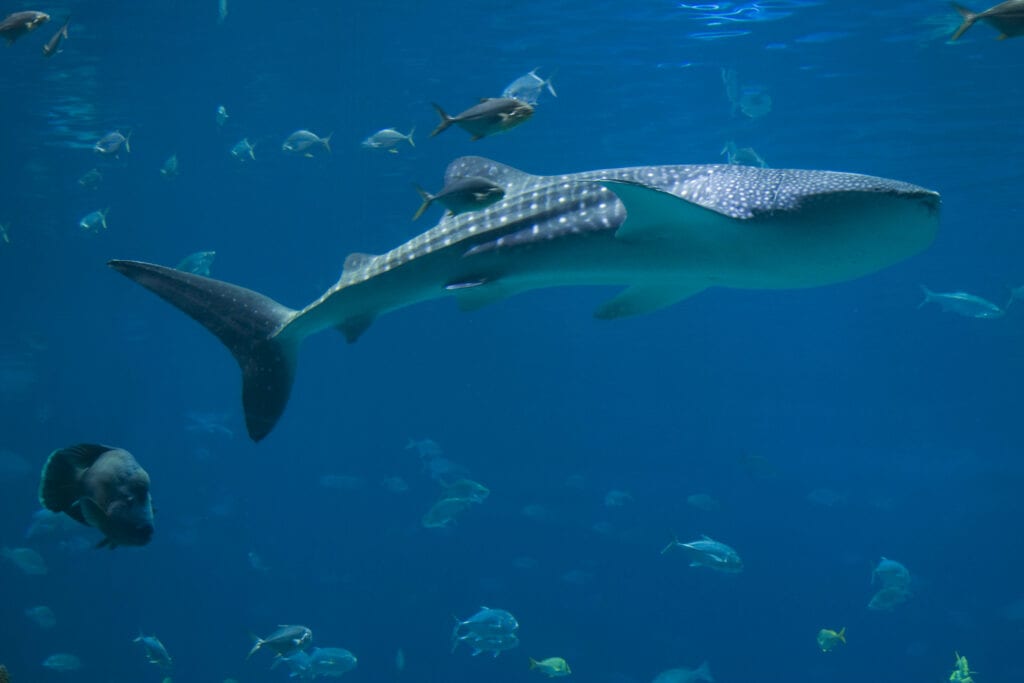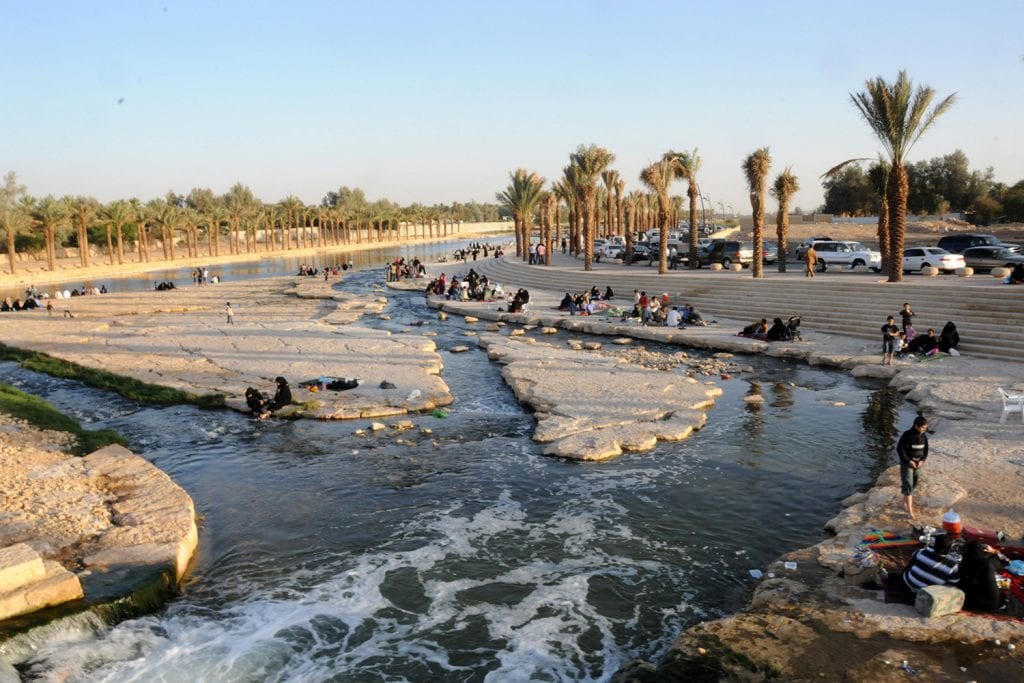Water source heat pumps explained
Developments located adjacent to waterbodies are uniquely placed to make use of the waterbody to accelerate their decarbonisation through a water source heat pump.
Reducing carbon emissions has become a key sustainability driver for projects. A water source heat pump can be a great way of making use of the thermal storage capacity of a waterbody to transfer thermal energy to either heat or cool the development. One such application of how this can be applied is installing a closed-loop water source heat pump within a lake.
How a closed loop water source heat pump works
The benefit of a closed-loop water source heat pump is that it does not physically extract or discharge water to/from a waterbody. Only the thermal energy is transferred. During periods of heating, the system would operate as follows:
- Fluid is pumped from an Energy Centre through a sealed pipe to a bank of heat exchangers situated within the waterbody;
- Being at a higher temperature than the water in the pipe, the fluid is warmed by the water in the waterbody and returned to the Energy Centre;
- The thermal energy is then extracted from the fluid providing heating to the development;
- The now re-cooled, fluid is returned via the sealed pipework to the waterbody to be warmed again.
During periods of cooling, the systems work on the same principle but in reverse.

Benefits of installing a closed loop water source heat pump
The main benefit of providing heating and cooling for the development in this way is that it is a low-cost, low-carbon, scalable technology that can help accelerate developments to meet net zero carbon emissions. However, everything comes at a price and it is important to understand the potential risks of installing the heat exchanger components of the system within a water body.
Potential environmental risks
Although there is no direct exchange of water between the heat exchangers and the waterbody, thermal energy is exchanged and this can have negative impacts on plants, animals and fish that live within and around the waterbody. Water source heat pumps will cool the waterbody during heating mode and heat the waterbody whilst in cooling mode. Additional heat within a waterbody runs the risk of causing algal blooms that create a layer on the surface of the water preventing light and oxygen entering the water body. If left unchecked, it can result in loss of fish stock.

Correspondingly, if the waterbody is cooled too much it can cause the water to freeze, adversely impacting life within the waterbody. Freezing of the waterbody would also mean that the heat exchangers wouldn’t be able to operate. These potential risks make it essential to carry out an analysis of the waterbody to understand the thermal impacts of such as system. Within the UK it is typically recommended that water temperatures are kept within a 3°C to 28°C range under the Water Framework Directive. To achieve this the water source heat pump system may have to be run at a lower capacity or turned off for periods of time.
Our experience
Utilising our hydrodynamic modelling experience, Buro Happold has developed new workflows to model water source heat pumps to achieve two goals:
- Provide stakeholders assessing the ecological impacts of the system the data they need to quantify the spatial extent and impacts of heating and cooling on the waterbody’s inhabitants; and,
- Provide designers of the system with an indication of how much of their development’s thermal energy demand could be met by a water source heat pump.
We achieve this using TUFLOW FV, a 2D/3D flexible mesh solver to model the hydrodynamic processes and its advection dispersion module to apply atmospheric conditions and understand how temperatures vary throughout the waterbody. As there is no physical exchange of water, the thermal energy of the heat exchangers is applied as a “thermal heat flux” to the model to represent the heating and cooling demand of the development. By comparing this against the baseline, we can show how water temperatures will vary due to installation of the heat exchangers.
The schematic below is an example of a model run for a lake with a surface area of 9 ha over a summer heat wave. It shows the maximum and minimum temperatures for the baseline condition compared to the with-heat exchangers scenario. For this case we showed that the difference between the baseline and with-scheme is small, indicating that the heat exchangers only have a small effect on overall lake temperatures.

Potential threat of climate change
However, you may be wondering, “With climate change expected to increase lake temperatures, how can you ensure the future safety of lakes from algal blooms?”
Although climate change is expected to increase temperatures over the next 100 years, there are mitigation measures in place to reduce any negative impacts of installing the heat exchangers. Monitoring of water temperatures around the heat exchangers is crucial to understand the direct impact of the heat exchangers. When water temperatures reach a certain threshold, the water source heat pump system has the capability of shutting down. This reduces the chances of water temperatures rising or falling to potentially dangerous levels. Additional mitigation factors may also be installed such as aerators around the heat exchangers, which increase the oxygen content within the water column, reducing the risk of algal blooms.
Key findings and conclusion
Overall closed loop water source heat pumps can be installed to help developments reach net zero carbon aspirations whilst having limited negative impacts on the waterbody themselves provided that appropriate modelling is carried out to assess the potential impacts.
Get in touch if you have a question or require any modelling to assess the feasibility of installing a water source heat pump near you!
